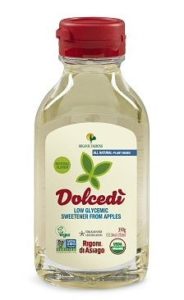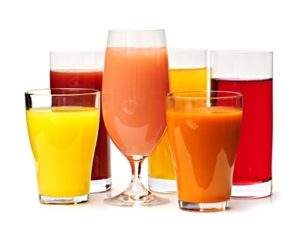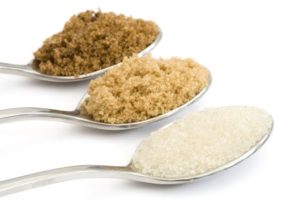Given the escalating rhetoric on fructose, I think it’s time to revisit a couple of basic facts and try to regain some perspective.
Fructose is not a toxin. It is not a man-made “chemical.” The fact that is it metabolized in the liver does not mean that it is a poison.
Fructose is a naturally occurring mono-saccharide (sugar) found in fruits, vegetables, nuts, grains, eggs, dairy products and other whole foods. It has been part of the human diet since the beginning. Presumably, our bodies are well-adapted to it. In fact, there might be an evolutionary advantage to the ability to metabolize sugars through multiple pathways–including one that does not lead to an immediate rise in blood sugar.
All nutrients are potentially toxic
As the National Academy of Sciences states: “All nutrients can have adverse effects when intakes are excessive.” That’s why tolerable upper limits (ULs) have been established for many nutrients. The NAS recommends that you don’t exceed 45mg per day of iron, for example. But no-one is suggesting that iron is a poison or that it should be avoided at all costs. Maybe if we had a tolerable upper limit for fructose, we could all relax a little bit.
How much fructose is too much?
According to a recent analysis, Americans are now consuming somewhere between 38 and 73g of fructose a day. A third of that comes from sweetened beverages. The rest comes from other processed foods as well as grains, fruits, vegetables, eggs, cheese, and other whole foods.
It seems clear that current sugar intake is excessive and making us sick. Many argue that it’s fructose, specifically, that’s doing most of the damage. Fine: For the sake of argument, let’s just say that the current average intake of 55g of fructose (or around 10% of total calories) is enough to overload the liver and contribute to obesity and other ills. That suggests that somewhere between 0 and 55g per day is a threshold at which fructose ceases to be a useful (or at least harmless) nutrient and starts to be a problem.
Seeing as it doesn’t seem possible, necessary, or even desirable to reduce fructose consumption to zero, I think it would be useful to start looking for that threshold.
What is the tolerable upper limit for fructose?






 Q. Are you familiar with Dr. Robert Lustig’s presentation on fructose, called “
Q. Are you familiar with Dr. Robert Lustig’s presentation on fructose, called “ Q. Makers of coconut sugar claim that it has a low glycemic index and is high in potassium and some other minerals. Would using coconut sugar make my cookies the healthiest on the block?
Q. Makers of coconut sugar claim that it has a low glycemic index and is high in potassium and some other minerals. Would using coconut sugar make my cookies the healthiest on the block?